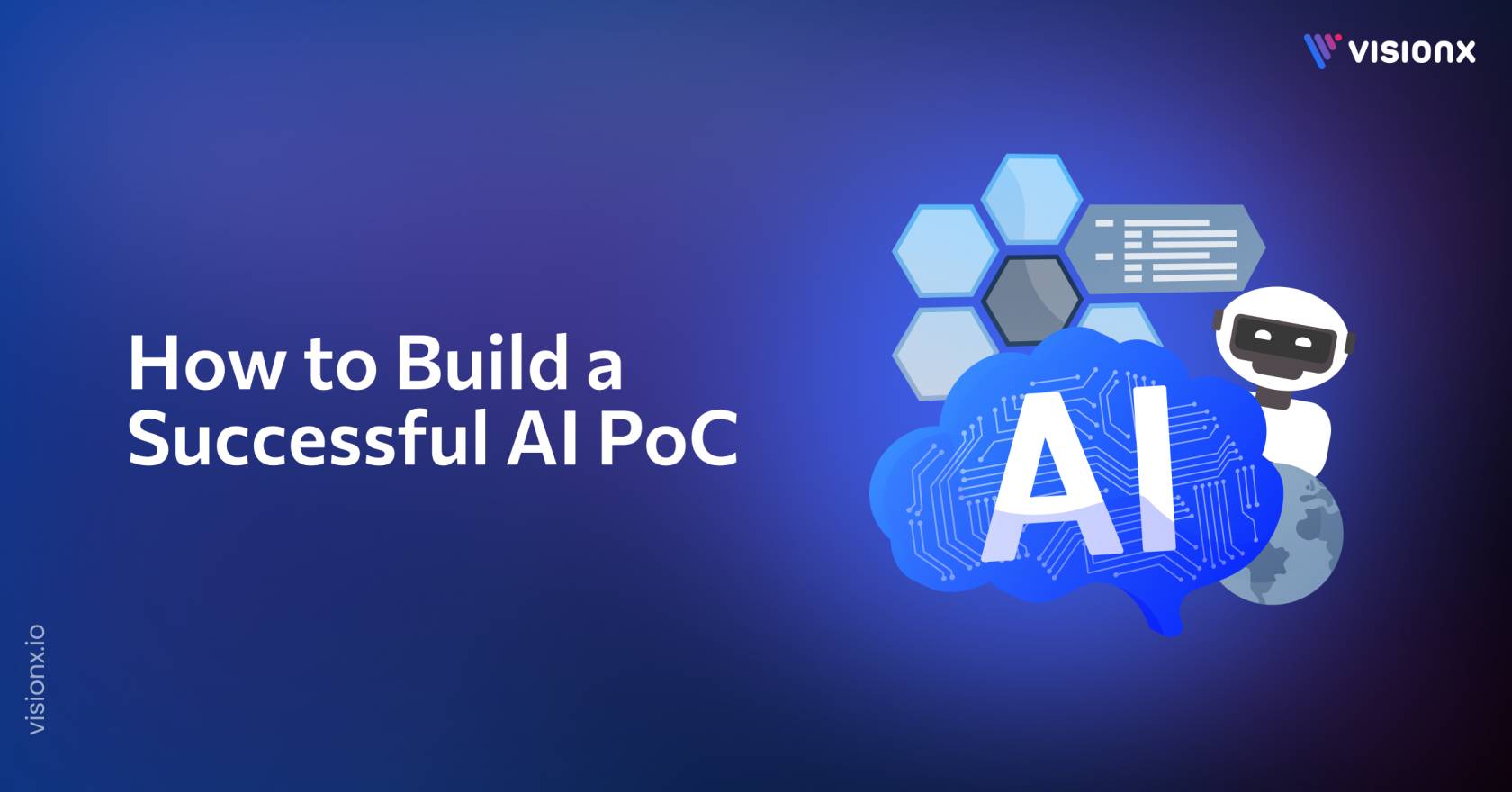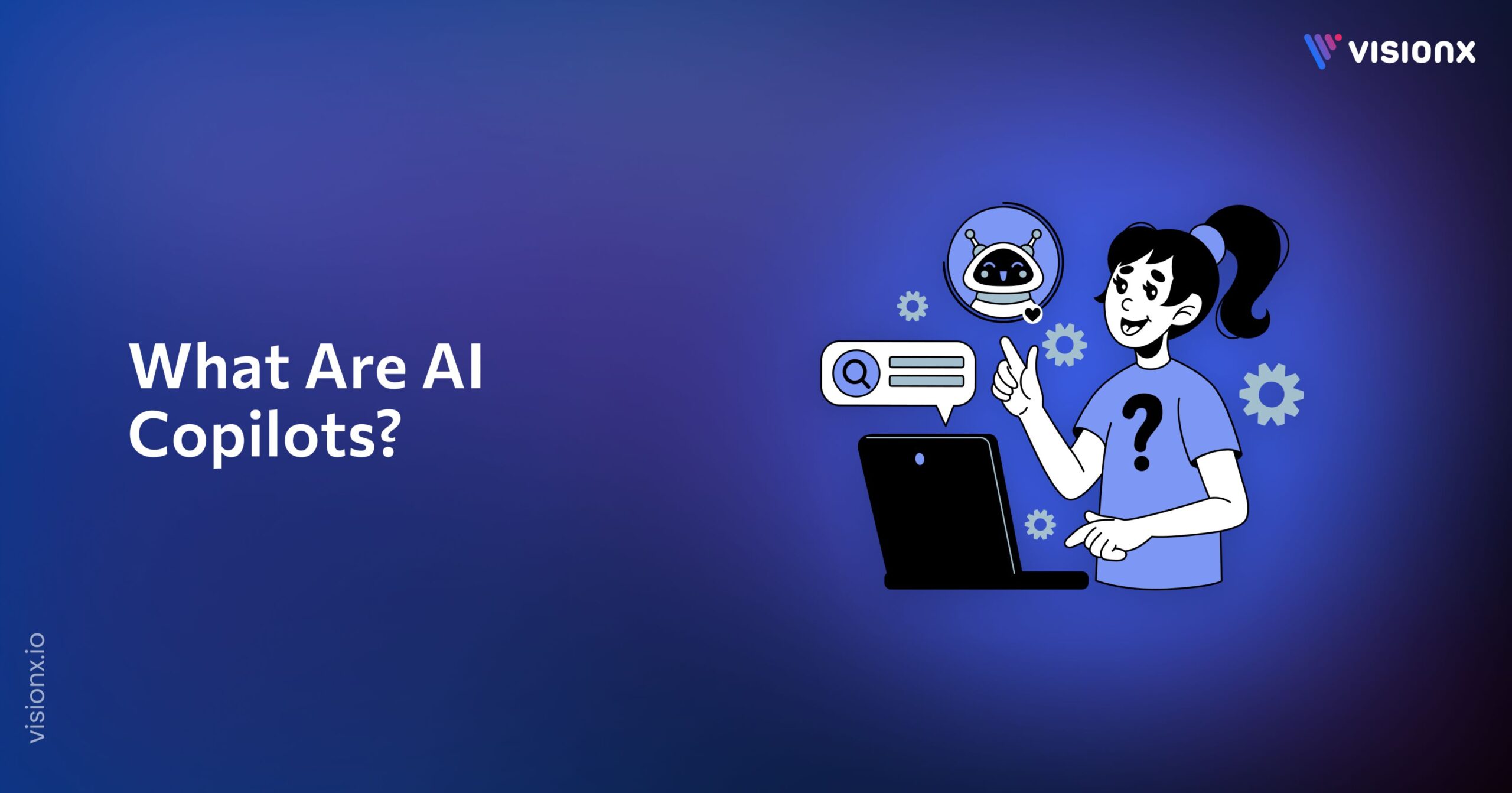You may have a solid idea for using AI, but if it fails to solve a real problem, the project can fall apart fast. Many teams skip the early checks and dive into models and tools too soon. That is often where things go off track.
An AI PoC gives you a chance to step back, test your idea with real data, and see if it actually works. It helps you make smart choices before you spend more time or money. You get early feedback, spot gaps, and adjust before things grow too complex. That small step often decides whether the project moves forward or stops.
In this blog, we’ll show you how the right PoC can guide your AI strategy. And how the wrong one can slow you down.
What is an AI Proof of Concept (PoC)?
An AI Proof of Concept (PoC) is a small-scale demonstration designed to test the feasibility, viability, and potential value of an AI solution before full-scale development or deployment. It helps stakeholders determine whether an AI model, algorithm, or system is capable of resolving a specific issue successfully.
Simply said, it allows you to test the concept without fully assuming the risk. You can check if the data makes sense, if the model produces results that matter, and if the project fits the business goal. Instead of guessing, you gather proof before moving forward.
Why and When is a PoC Necessary?
Not all AI ideas are immediately ready for development. A proof of concept allows you to test the idea early, identify issues, and make decisions based on actual data rather than conjecture.
According to Gartner, at least 30% of generative AI projects are abandoned after proof of concept due to issues like poor data quality, unclear business value, or rising costs.
Here’s why starting with a PoC is a smart and strategic move:
- Risk Reduction
A PoC helps you find problems before they grow. It shows what works and what does not, so you avoid failure later on.
- Smarter Decisions
You get real results, not opinions. That helps you choose the best path and avoid costly mistakes.
- Better Use of Time and Money
You find out if the idea brings value before putting in more effort. If it does not, you save both time and budget.
- Faster Idea Testing
You try out ideas in a short cycle. That helps you learn fast and keep your project on the right track.
- Proof for Stakeholders
A PoC gives you results you can show. This helps get support from leaders and keeps everyone focused on the same goal.
When Not to Do a PoC
A PoC is helpful in many cases, but sometimes it is better to move forward without one. Here are a few situations where a PoC may not be needed:
- If the problem is well understood and AI has already shown clear results in similar cases.
- For low-risk, low-cost projects where failure will not cause much harm.
- When the team has already used the same AI setup with success in another part of the business.
- If the project needs quick action and the goal is speed rather than early testing.
Key Phases of a Successful AI PoC
A good PoC keeps things simple. You want to prove the idea, not build the final product. These steps guide you through the process and help you stay focused on what matters most.
1. Define the Problem and Goal
You need to start with one clear goal. Know the exact problem you want to solve. Avoid vague ideas or a wide scope. A narrow goal helps you measure success with ease.
2. Data Management
Examine the data you intend to utilize. Verify that it is clear, comprehensive, and user-friendly. Your results will be inadequate if the data does not align with the objective. Strong results are predicated on good data.
3. Model Selection
Choose a simple model or approach that fits the goal. Avoid complex tools you do not need yet. Focus on the core idea and show that it brings value. You can always improve the model later.
4. Model Testing
Train the model and use real data to test it. Watch how it performs and compare the results to your goal. This step shows if the idea holds up. Keep notes on what works and what falls flat.
5. Evaluation and Informed Decision-Making
Look at the results with your team. Did the model meet the goal? What did you learn that can guide the next step? Use this phase to decide if you should move forward with integrating the model into an app or website, adjust the idea, or stop.
Benefits of an AI PoC
Running an AI Proof of Concept gives you more than just early results. It helps you make smart choices, avoid setbacks, and move forward with confidence. Here are four major benefits you should expect:
- An AI PoC helps you test if the idea solves the actual problem. You do not need to guess or rely on theory. You get to see how the solution performs with your data, in your environment, and against your goals. This helps you prove the impact before taking the next step.
- Having tangible results makes it easier to win people over. Before they commit resources or authorize significant budgets, leaders demand evidence. They have the clarity they need to proceed right away when their proof of concept is solid.
- You do not want to find big issues after full development starts. A PoC helps you catch weak spots early, whether it is poor data, a bad fit, or the wrong approach. You save time, avoid waste, and reduce the chance of failure.
- AI PoC brings everyone together. Business leaders, data experts, and engineers work toward one clear goal. This shared focus builds trust, clears up confusion, and keeps your project on track. It sets the tone for smoother steps ahead.
How to Avoid Mistakes That Derail Your AI PoC
If you overlook a few crucial steps, even a simple AI Proof of Concept could encounter issues. The following blunders should be avoided if you want your AI PoC to have the best probability of success:
- Starting without a clear goal leads to confusion. If you do not know what you want to prove, the results will not help you make a decision. Always define one clear problem and a way to measure success before you begin.
- Poor data causes weak results. If your data is messy, incomplete, or not relevant to the problem, your PoC will fall short. Make sure your data supports the goal and is ready to use.
- Picking the wrong scope adds risk. A PoC should stay small and focused. If you try to solve too many problems at once, you lose control and delay progress.
- Leaving out business input causes misalignment. If your tech team runs the PoC alone, the solution may miss the real need. Always involve people who understand the business problem and the expected outcome.
How AI PoCs Differ from GenAI PoCs and MVPs
Here is how AI PoCs stand apart from GenAI PoCs and MVPs:
| Aspect | Traditional AI PoC | GenAI PoC | MVP |
| Main focus | Solves prediction, classification, or pattern problems | Produces text, images, or code based on prompts | Delivers a working product with just enough features to test value |
| Output measurement | Based on accuracy, precision, or recall | Based on quality, tone, context, and usefulness | Based on user adoption, feedback, and real usage |
| Risk level | Focuses on model accuracy and data bias | Includes added risks like false facts and unsafe output | Involves delivery and adoption risk in a real setting |
| Testing method | Uses labeled data to check output against known results | Needs human review and judgment for subjective outputs | Tested with real users in a live or near-live environment |
| Tools and skills | Requires data science and engineering | Requires prompt design, review teams, and creative input | Needs full-stack development, UX, and product planning |
| End goal | Prove if the model works for a specific task | Prove if generative output meets business needs | Deliver a usable product to validate long-term potential |
How to Make a Strong Business Case with Your PoC?
More than just a test, a successful AI Proof of Concept is your opportunity to establish credibility and bring your idea to market. A compelling business case that appeals to both technical and non-technical decision makers is necessary to make that happen. Here’s how to accomplish it:
Show Clear Results
Do not just say the PoC worked; prove it. Use simple numbers, examples, and visuals that show how the AI solution met the original goal. Highlight the value it created, even at a small scale.
Connect the Results to Real Business Needs
Explain how the PoC supports larger goals. Whether it saves time, reduces cost, or improves service, show how the solution solves a problem that matters to the business.
Estimate Future Value
Show the potential value at scale. If your solution scales, what might it deliver? According to McKinsey, AI deployments have lifted revenue by 3% to 15% and boosted sales ROI by 10% to 20%.
Respond to the Challenging Questions
Leaders will want to know the project’s duration, cost, and dangers. Talk openly about the difficulties, but demonstrate how the PoC provided you with the knowledge to overcome them.
How to Measure the Success of an AI PoC?
- Was the issue you set out to resolve resolved?
- Were important metrics such as cost, speed, or accuracy met?
- Did it demonstrate tangible business benefits like cost or time savings?
- Was it easy to use or beneficial to users?
- Did it work well with your data flow and existing tools?
If you can check most of these, your AI PoC did its job.
How Long Does an AI PoC Take and What Does It Cost?
Your objectives, data, and scope will all affect the duration and cost of an AI Proof of Concept, but there are some general trends to keep in mind:
Timeline
Most AI PoCs take between 4 and 12 weeks. A simple use case with clean data might finish in less than a month. More complex projects, especially those that involve multiple data sources or need stakeholder review, may take longer. The key is to keep it small and focused.
Cost
Costs can range from $20,000 to $100,000, depending on the tools, team size, and effort involved. If you already have in-house AI talent and clean data, your costs drop. If you need outside experts, cloud computing, or help with data prep, the price goes up.
What affects cost and time?
- Data availability and quality
- Model complexity
- Number of stakeholders involved
- Need for external vendors or tools
The best approach is to start lean, test fast, and expand only if the results support it. A well-scoped AI PoC saves more than it costs.
How Can VisionX Help with Your AI PoC?
VisionX can help you at every stage of your AI Proof of Concept if you are unsure where to begin. Our team helps you move quickly without relying on guessing, from identifying the proper challenge to testing the idea in your context.
We help you define the goal, assess your data, and choose the right model to test. Our experts work with both business and tech teams to make sure your PoC solves real problems and creates real value.
Whether you need a custom AI solution or want to explore what GenAI services can do, we bring the tools, the team, and the know-how to prove what works.
Let VisionX turn your PoC into a launchpad for AI success. Contact us to validate your AI idea with speed, precision, and purpose.
About Author

M. Waqas Mushtaq is the Co-Founder and Managing Director of VisionX, whose passion for innovation fuels the company’s growth. Under his strategic direction, VisionX promotes a culture of excellence, solidifying its position as an industry leader.


